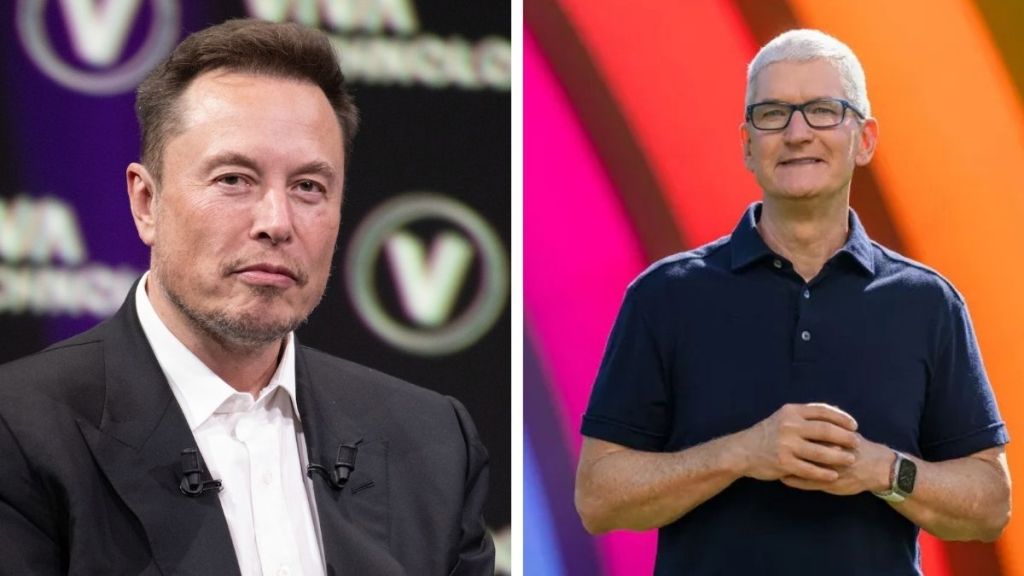In the weeks leading up to the iPhone 14’s 2022 launch, Elon Musk approached Apple with an audacious offer that would ignite a high-stakes battle over satellite connectivity. The SpaceX founder proposed a $5 billion deal to bring Starlink satellite service to iPhones, warning that a rejection would lead to the creation of a rival system. Apple declined—and the conflict has only intensified since.
Tim Cook rejects Musk’s offer
Elon Musk’s offer was as bold as it was expensive: SpaceX would power satellite connectivity on the iPhone in exchange for a $5 billion upfront payment and $1 billion annually after an 18-month exclusivity period. Tim Cook, Apple’s CEO, declined. Instead, Apple chose to work with Globalstar, a smaller and less capable satellite provider.
Apple committed $1.7 billion to support Globalstar’s satellite network—$1.1 billion of which would go toward building and launching new satellites. Despite concerns within Apple about Globalstar’s aging technology and limited upgrade potential, the partnership moved forward. Senior executives like Craig Federighi and Adrian Perica reportedly voiced skepticism, warning that Apple’s reliance on Globalstar could attract regulatory scrutiny, possibly even classifying the company as a telecom carrier.
Starlink strikes back
Musk wasted no time delivering on his threat. In partnership with T-Mobile, SpaceX launched Starlink Direct to Cell, a service enabling smartphones—including iPhones—to access satellite-powered communication via the T-Mobile network.But the rivalry didn’t stop at competing services. SpaceX also launched a legal challenge targeting Globalstar’s rights to key wireless spectrum used by Apple’s satellite feature. Musk’s team argued that Globalstar was underutilising its spectrum and trying to block innovation in the sector. If SpaceX prevails, Apple could be forced to find new partners—or new frequencies—for its satellite features.
As Apple doubles down on its Globalstar alliance and Musk pushes Starlink further into the mobile market, the competition for space-based smartphone connectivity is heating up. What began as a rejected proposal is now a full-scale battle for dominance—one that could redefine how smartphones stay connected when ground-based networks fall short.


